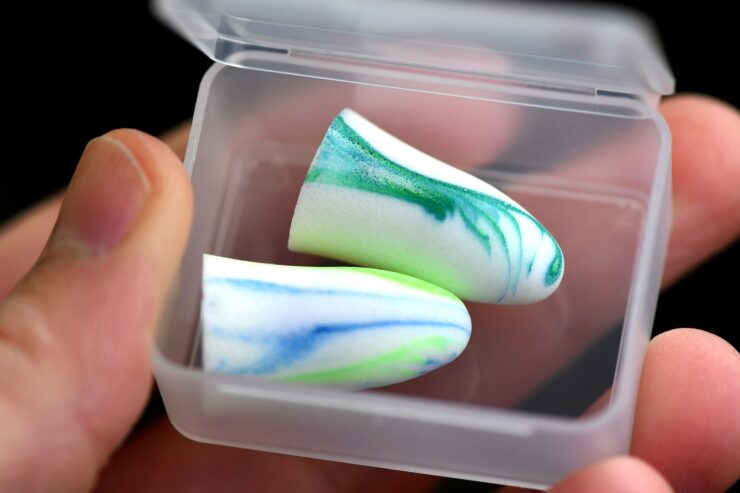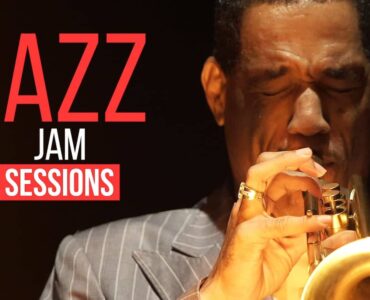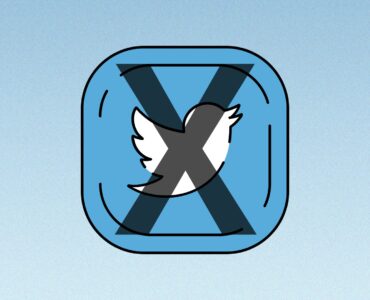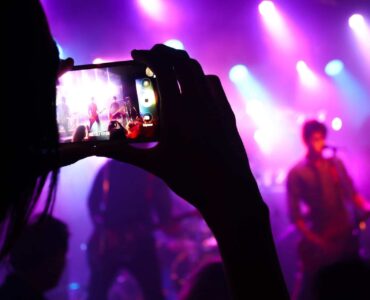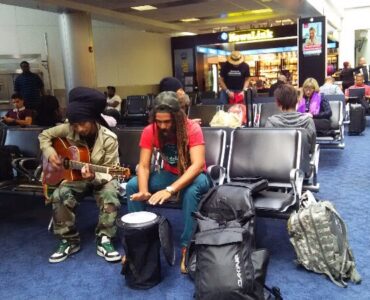From Pete Townshend and Brian Wilson to Will.i.am and Phil Collins, many famous musicians have hearing damage and therefore act as testimony that musicians and music lovers alike should protect their ears.
Our ears are sensitive to noises over 80db and whilst those who temporarily subject themselves are to loud environments (such as a gig or band rehearsal) will find that their hearing is damaged for a few hours or perhaps days afterwards, those who regularly work in environments such as these are highly likely to develop long term hearing problems.
In an attempt to combat this, musicians and spectators alike are usually advised to wear ear protection to safeguard against hearing loss and tinnitus, the most common form of hearing damage.

Tinnitus
Tinnitus is defined as an awareness of sound within the ears or head that does not come from an external source, and can be caused by exposure to loud sound. It’s explained well in this video below:
Protecting your hearing
There are essentially two routes to go down with ear protection – IEM’s and Ear Protectors.
IEM is short for In Ear Monitoring. IEMs are an alternative to using loud floor monitor speakers and are essentially headphones that are wirelessly linked to the monitoring output of the mixing desk.
Ear Protectors look similar to headphones, but don’t contain speakers. They are essentially moulded bits of plastic designed to block out certain frequencies.
Many musicians, especially at the start of their career, fail to wear suitable ear plugs when playing. This can result in hearing damage.
Last Minute Musician Odie Roberts says:
I started without any ear protection, but after a couple of years it was obvious I had to be more aware of it. From my own experience there has to be a balance between protection and what we want for our performance comfort. For those who feel slightly removed from the environment when using in ears it’s going to mean improving either, (or both,) the quality of your in ears or the quality of your monitor input and output. We can all only afford what we can afford and that’s always the biggest limit on gear. That’s then followed by what we can realistically carry.
Odie Roberts
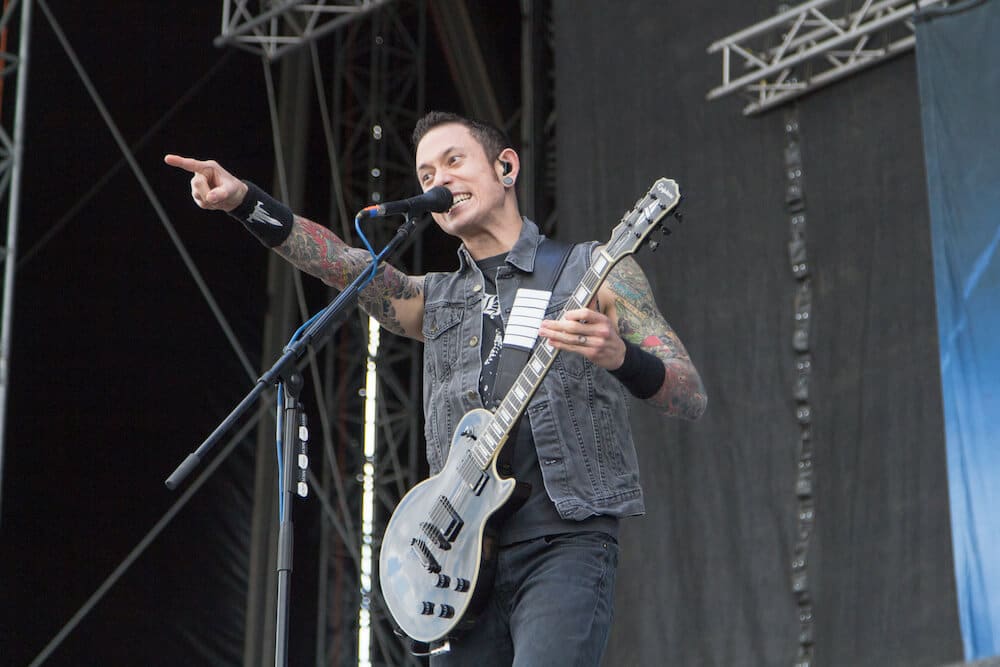
How to choose the right ear protection:
- Ear plugs should offer protection
- Users should aim to receive between 70-80db under the hearing protection
- Ensure that the protect purchased are effective against the desired frequencies, either high, medium or low.
- Try before you buy: ultimately, the best way to know which protectors are best for you is to try them
- You can consult with an audiologist if you need help figuring out what level of protection you need
Drummer Gavin Harmer explains:
The biggest problem is finding the right earphones for you, mainly the seal you can get with them plus a sound you like. If you don’t get a good seal they will sound tinny and lack in bass.
Gavin Harmer
Gavin goes on to say,
I’ve been using in ears for years and without them I’d be on my way to being deaf. If it sounds lifeless and dull it’s either the equipment, mix or the playing. If the mix is good it sounds like a live album you’re playing on. I have tried lots of different earphones though.
Gavin Harmer
Quality ear protectors will allow the user to talk to colleagues as well as protect them from high decibels.
The Hearing Health Scheme
Help Musicians UK, in partnership with the MU and Musicians’ Hearing Services, runs a scheme designed to promote awareness of hearing loss related issues amongst musicians and combatting them.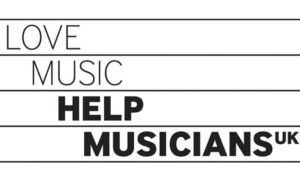 The scheme offers a comprehensive hearing exam, custom moulded ear protectors and wax removal at a heavily subsidised price.
For more details, visit this section of the Help Musicians UK Website.
The scheme offers a comprehensive hearing exam, custom moulded ear protectors and wax removal at a heavily subsidised price.
For more details, visit this section of the Help Musicians UK Website.Do you wear ear protection when performing or attending gigs? What products do you find work best for you? Let us know in the comments below!

